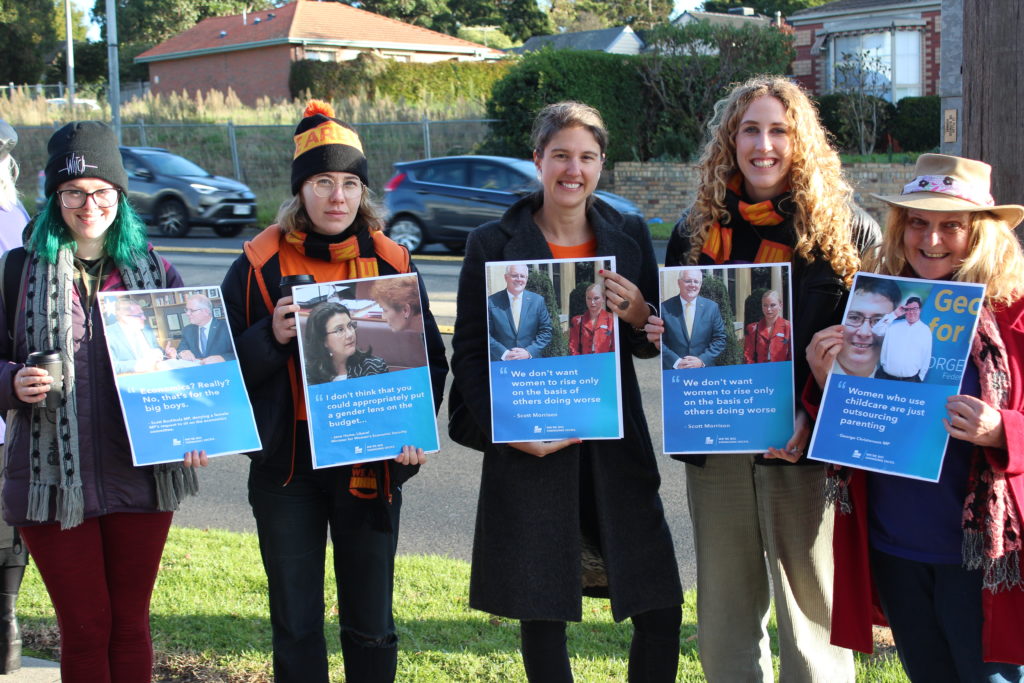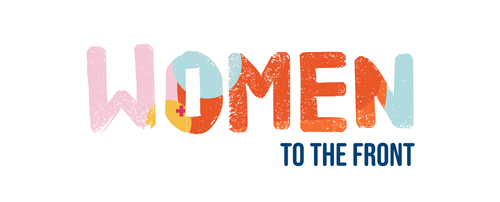There’s a reason Australia’s superannuation is envied by countries worldwide – it’s one of the largest superannuation systems globally. This year, we celebrate 30 years of secure retirement for the majority of Australians.
Before employer super contributions became compulsory in 1992, borderline poverty was the end destination for most Australians after a lifetime of labour. Those who did retire with decent super were mostly male business executives.
Employers didn’t offer up super contributions with unprompted goodwill – the right to superannuation was entirely union member driven and won. Today the whole nation benefits. That is the power of collective action.
What can collective action achieve?
The achievements unionised workers have made in environmentalism, social justice and human rights are testament to the fact that large scale problems require collective solutions. This is the philosophy that the union movement is built upon.
In 2022, union members continue the work to improve the lives of all workers.
The super guarantee increased to 10.5% on July 1 this year, and the rate will rise again to 12% by 2025. You can see just how significant this seemingly small percentage is in dollar value over time by using Industry Superfund’s calculator.
Also on 1 July, we had a 5.2% increase to the minimum wage to help Australians keep up with the cost-of-living, and the $450 super threshold will be scrapped, meaning hundreds of thousands of low-paid workers – disproportionately women and casuals – will finally be able to start saving for retirement.
This is a huge step towards closing the super gap and the gender pay gap.

What’s still to be done?
Retirement inequality remains for many women and for Aboriginal and Torres Strait Islander people, who experience a lower life expectancy and disadvantage from an increasing retirement age.
To address this inequality, the preservation age for Aboriginal and Torres Strait Islander workers needs to be lowered as it has been set too high to be fair. Indigenous workers should not suffer while we close the life-expectancy gap and they should be the ones to determine how they participate in the retirement income system.
The minimum wage increase will help workers survive the rising cost-of-living, but many Australians will just be treading water.
For working mothers, it’s the bare minimum. Household budgets are stretched even further when there’s kids to look after, leaving parents “weighing capsicums” to avoid even paying a cent extra than necessary.
The minimum wage increase eases the family financial burden a little. But there’s still a lot of work to be done until we can achieve anything resembling a living wage.
Australian Council of Trade Unions secretary Sally McManus points out that even with this increase – while smaller than it would’ve been if employers got their way – workers are still taking a pay cut.
And while scrapping the $450 threshold will benefit many workers, there are Australians left behind who won’t be earning super on the money they make, including part-time and casual workers under eighteen and those in gig or contract work.
Unions won’t rest until there is equality for all, and that means ensuring decent and secure wages now, and in the future.
Australian Unions is made up of almost 2-million workers coming together to get things done. The louder our collective voice, the bigger the impact we can make.












SHARE:
Working towards a strong future and decent retirement: Collective action is the only answer